Osteoporosis Unveiled - Symptoms, Risks, and Prevention Strategies
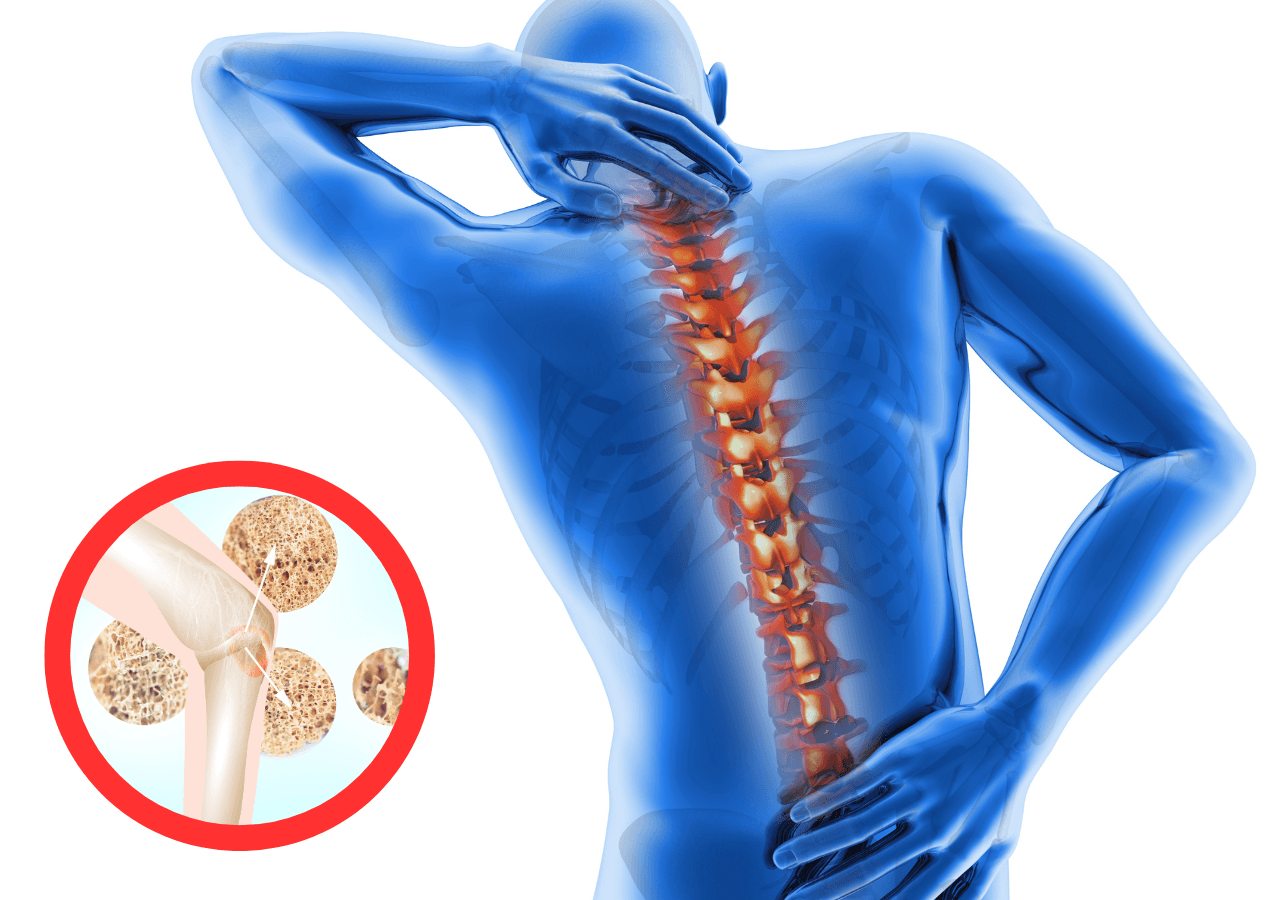
Osteoporosis, often referred to as the "silent disease," is a condition characterized by weakened bones, making them more susceptible to fractures. This medical anomaly results from an imbalance between bone formation and bone resorption, ultimately leading to a decrease in bone density. While osteoporosis can affect both genders, it is more prevalent in women, particularly postmenopausal women due to decreased estrogen levels.
Unlike our skin, which offers visual clues to our health, bones remain hidden from view. Therefore, it's crucial to recognize the warning signs and risk factors associated with osteoporosis to ensure timely intervention and prevention. In this comprehensive guide, we'll delve into the details of osteoporosis, including its symptoms, risk factors, prevention strategies, and available treatments.
Osteoporosis Symptoms
1. Receding Gums
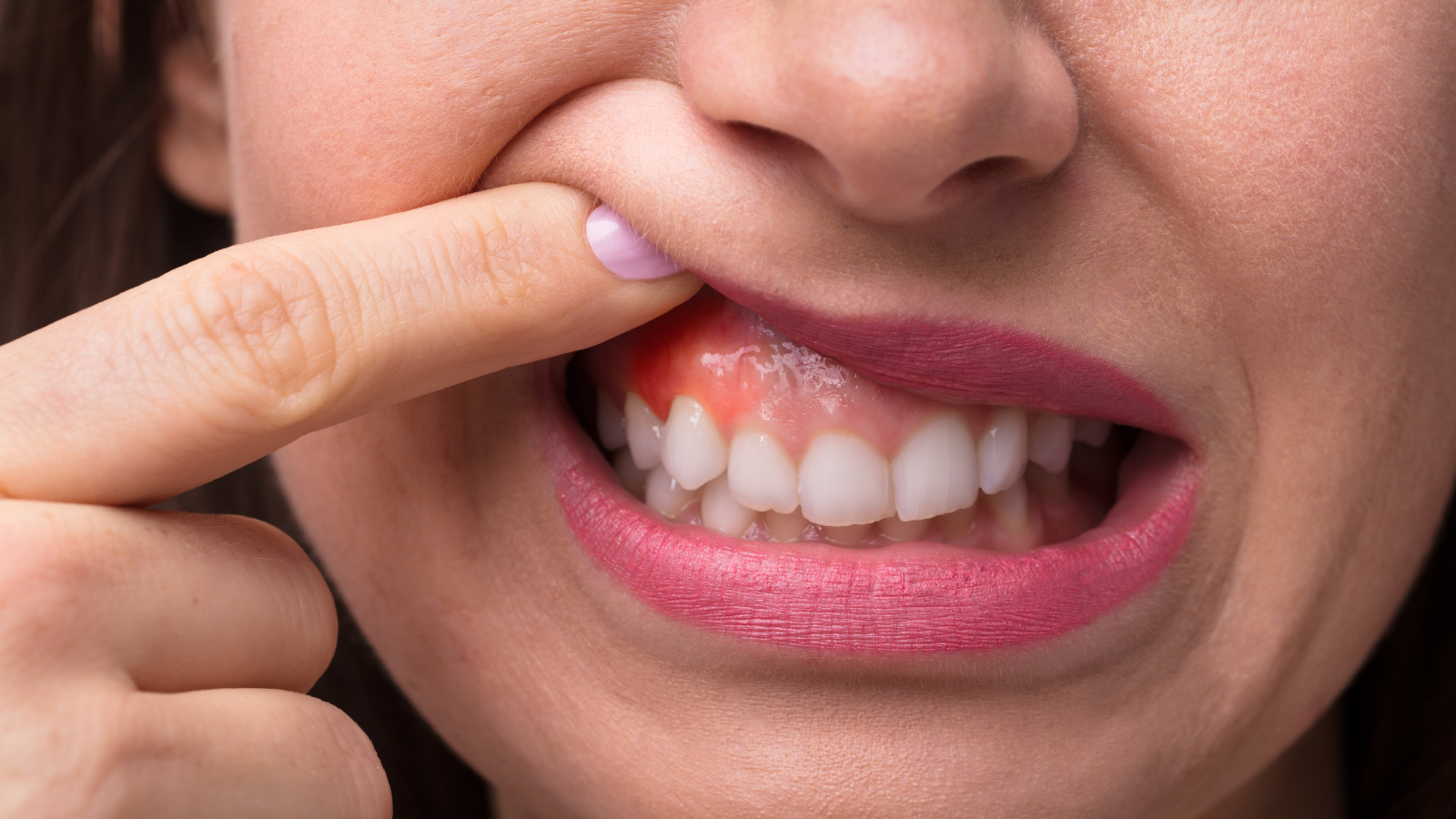
Receding gums can indicate osteoporotic bone loss, as the density of the jawbone decreases, causing gums to recede. While receding gums can be caused by various factors, osteoporosis is a prominent contributor.
2. Loss of Grip Strength
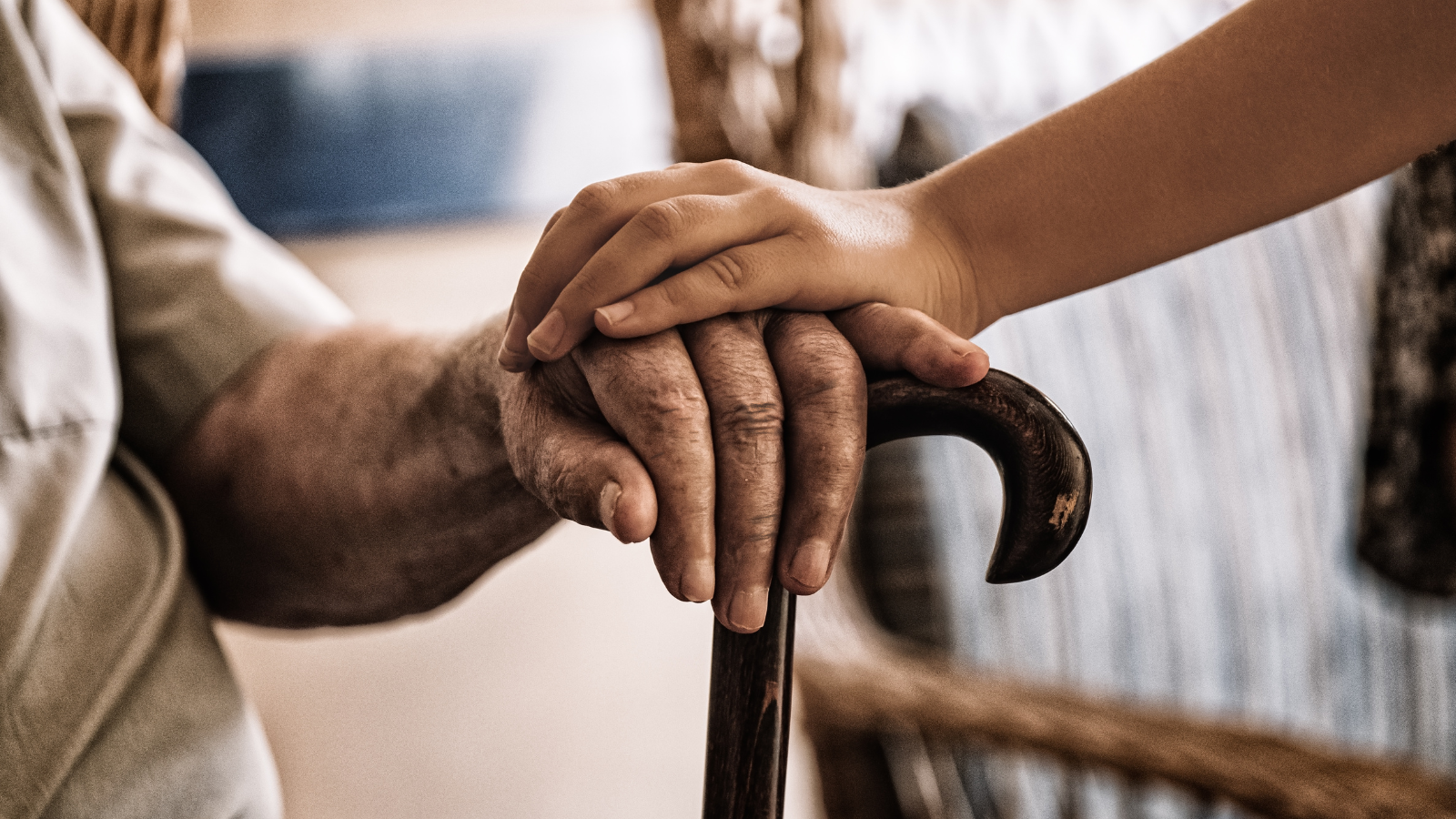
Reduced grip strength is a symptom of osteoporosis, particularly in postmenopausal women, increasing the risk of falls and fractures. Grip strength is vital for maintaining balance and preventing accidents, especially in older individuals.
3. Bone Pain
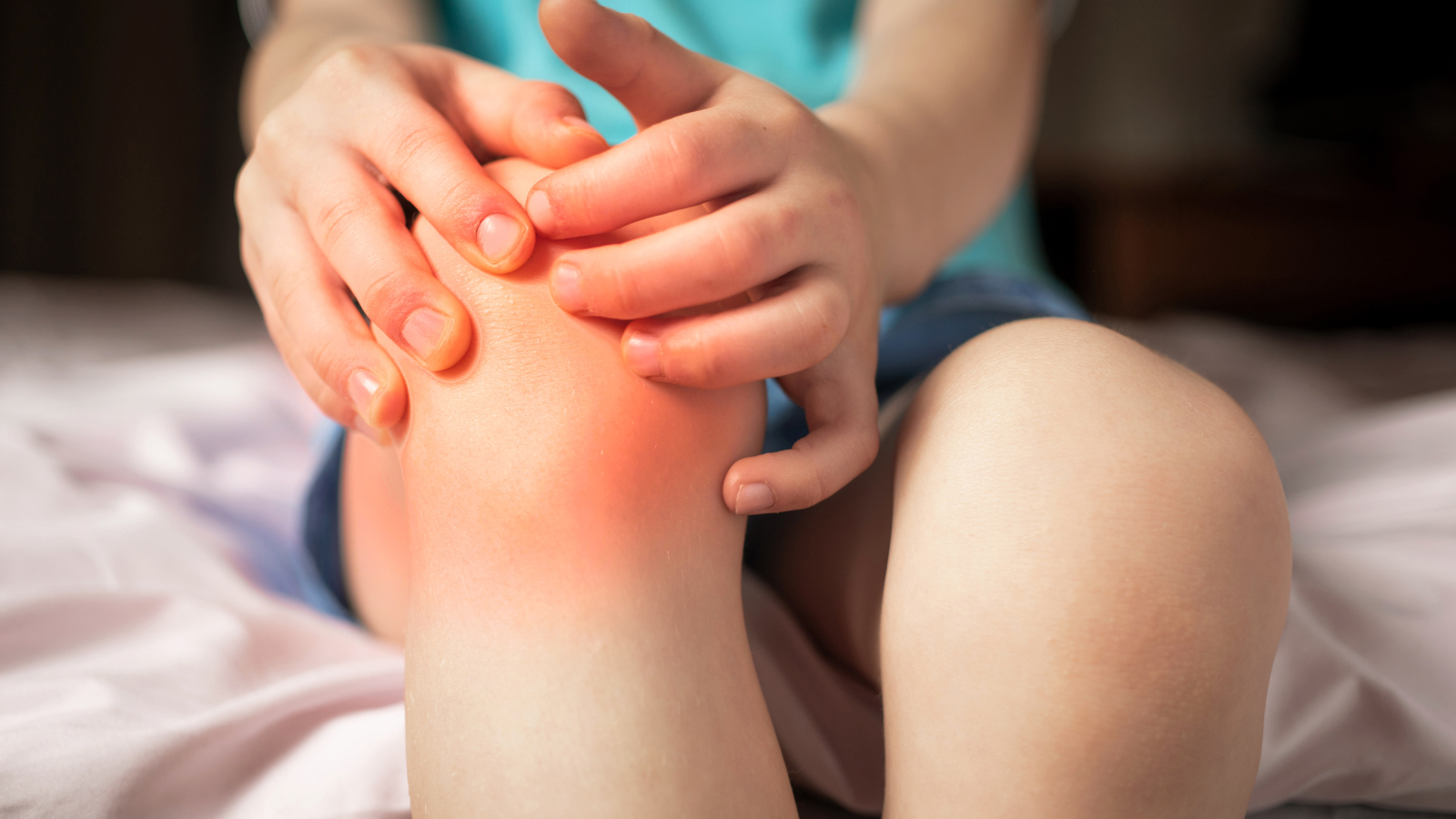
As bone density decreases, bones become more susceptible to aching, especially when weight is applied. However, it's essential to note that bone pain can also be caused by other conditions, such as osteomyelitis, bone infections, leukemia, mineral deficiencies, and bone tumors.
4. Muscle Cramps
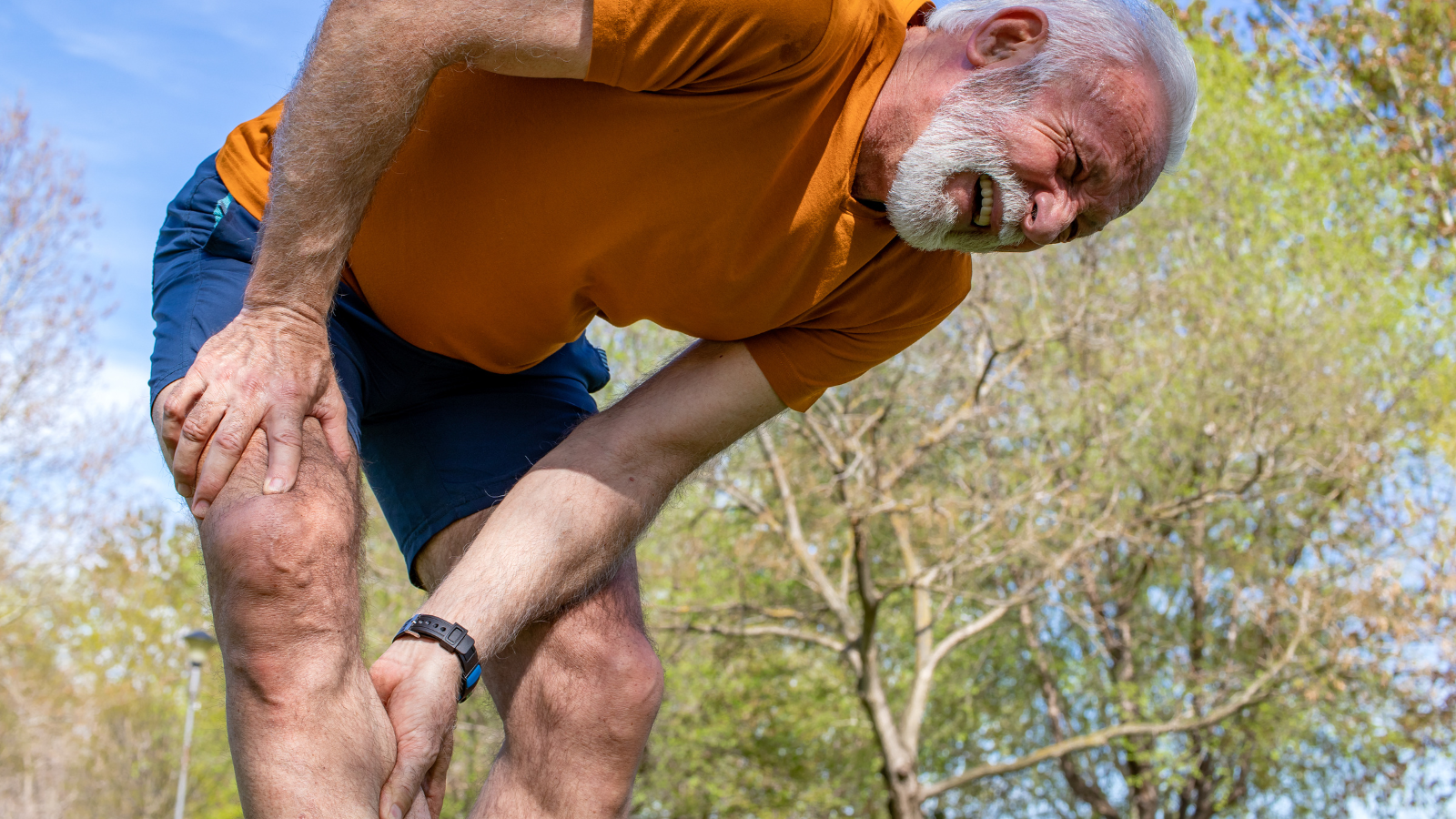
Muscle cramps are sometimes observed in individuals with osteoporosis, especially when the condition is associated with vitamin D deficiency. Electrolyte imbalances in the body can lead to muscle pain and cramps.
5. Bone Fractures
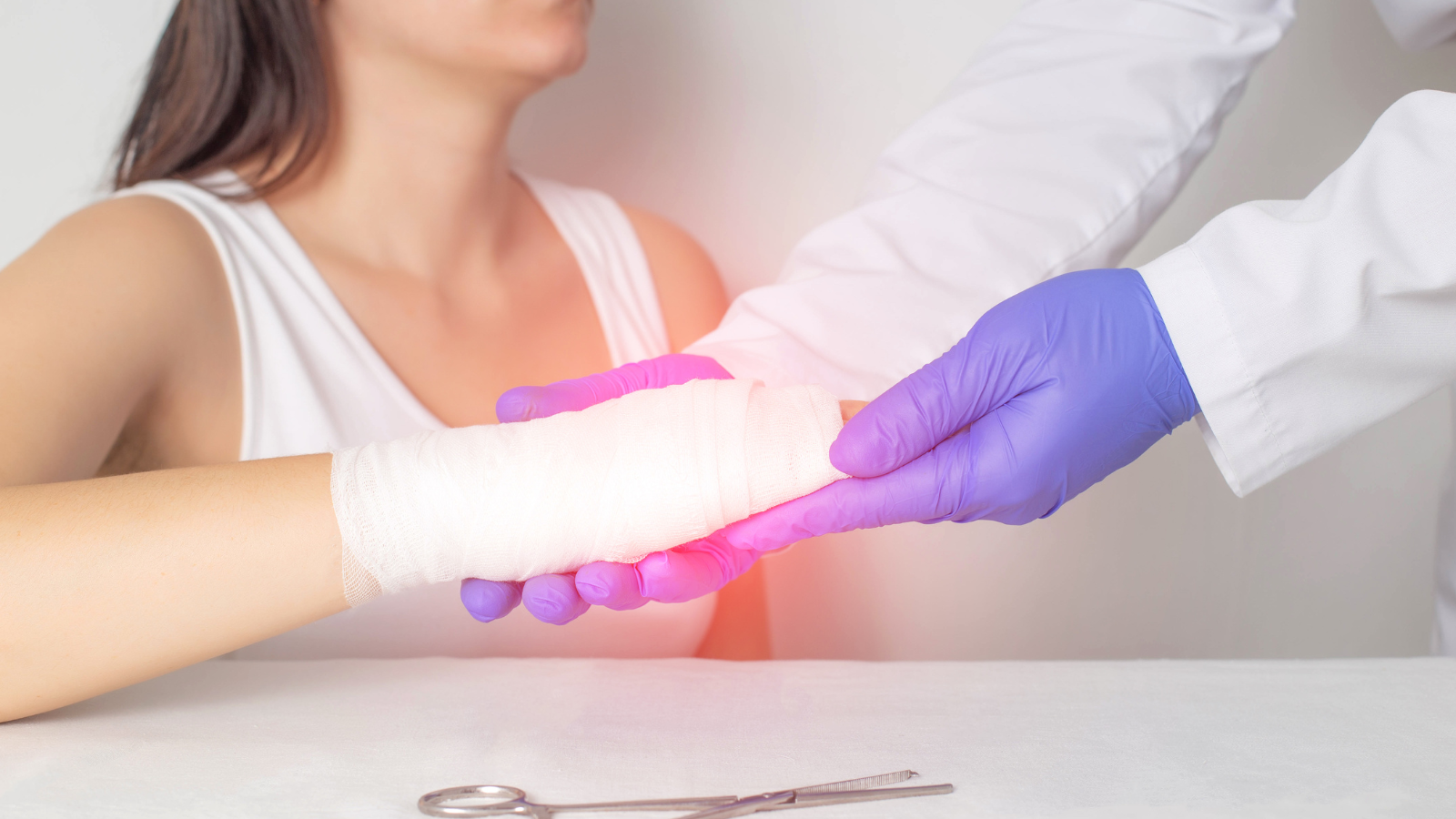
The most debilitating consequence of osteoporosis is frequent bone fractures. As bones become brittle and less dense, the possibility of fractures dramatically increases. These fractures are often observed in both sexes but are more common in postmenopausal women due to the loss of estrogen's protective effect on bones.
6. Height Loss

Osteoporosis can cause a noticeable reduction in height. This height decrease is attributed to the condition's impact on the vertebrae, resulting in spinal curvature. The more pronounced the curvature, the more significant the reduction in height.
7. Brittle Fingernails
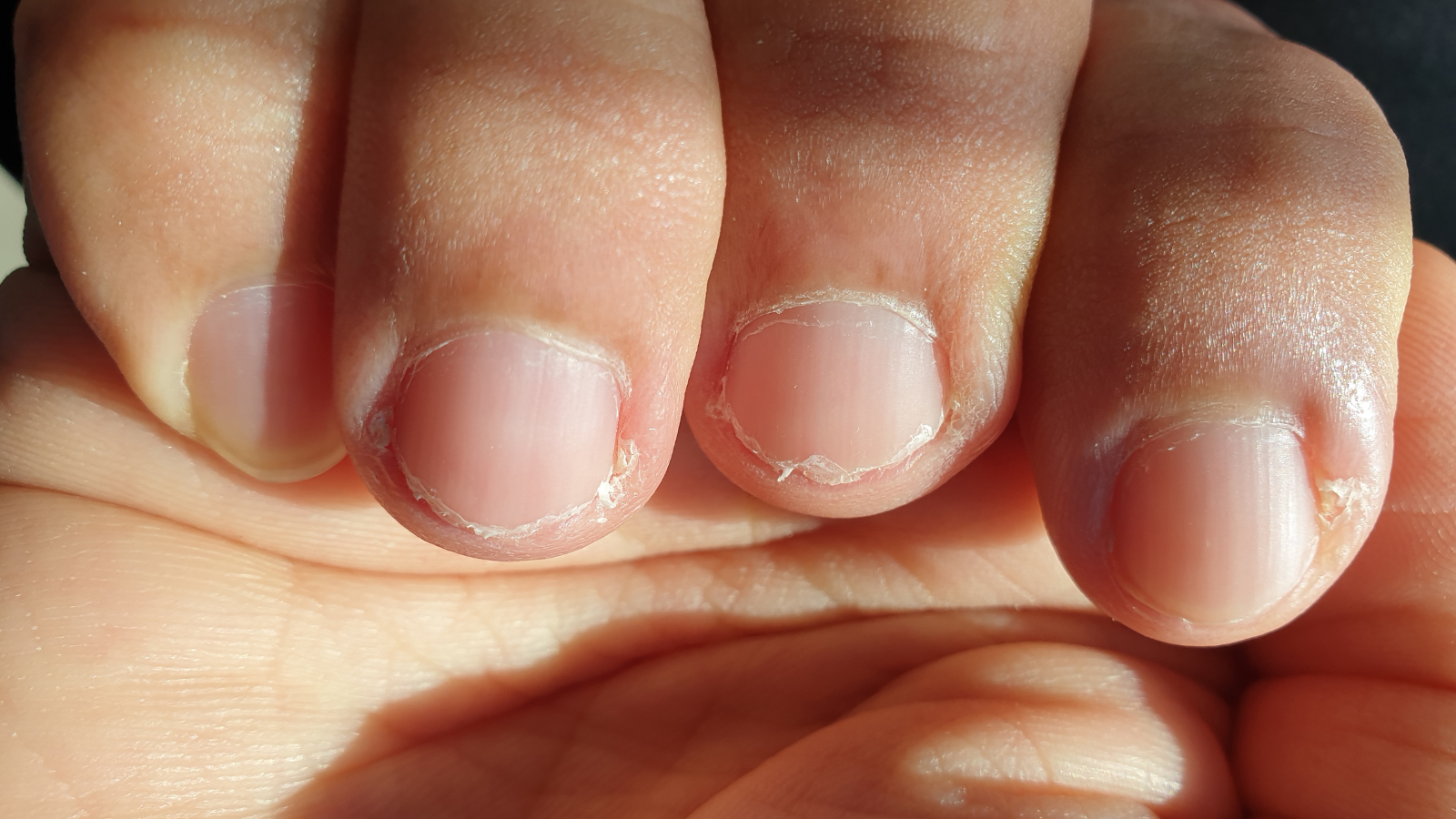
Weak and easily cracked fingernails may be indicative of osteoporosis. However, it's important to note that brittle fingernails can result from various conditions, including hypothyroidism, Raynaud's syndrome, and specific nutritional deficiencies.
8. Altered Posture

Osteoporosis can alter posture, resulting in conditions like kyphosis, which may impact lung function and breathing. The reduction in bone density, particularly in the vertebrae, can lead to changes in spinal alignment.
9. Lower Back Pain
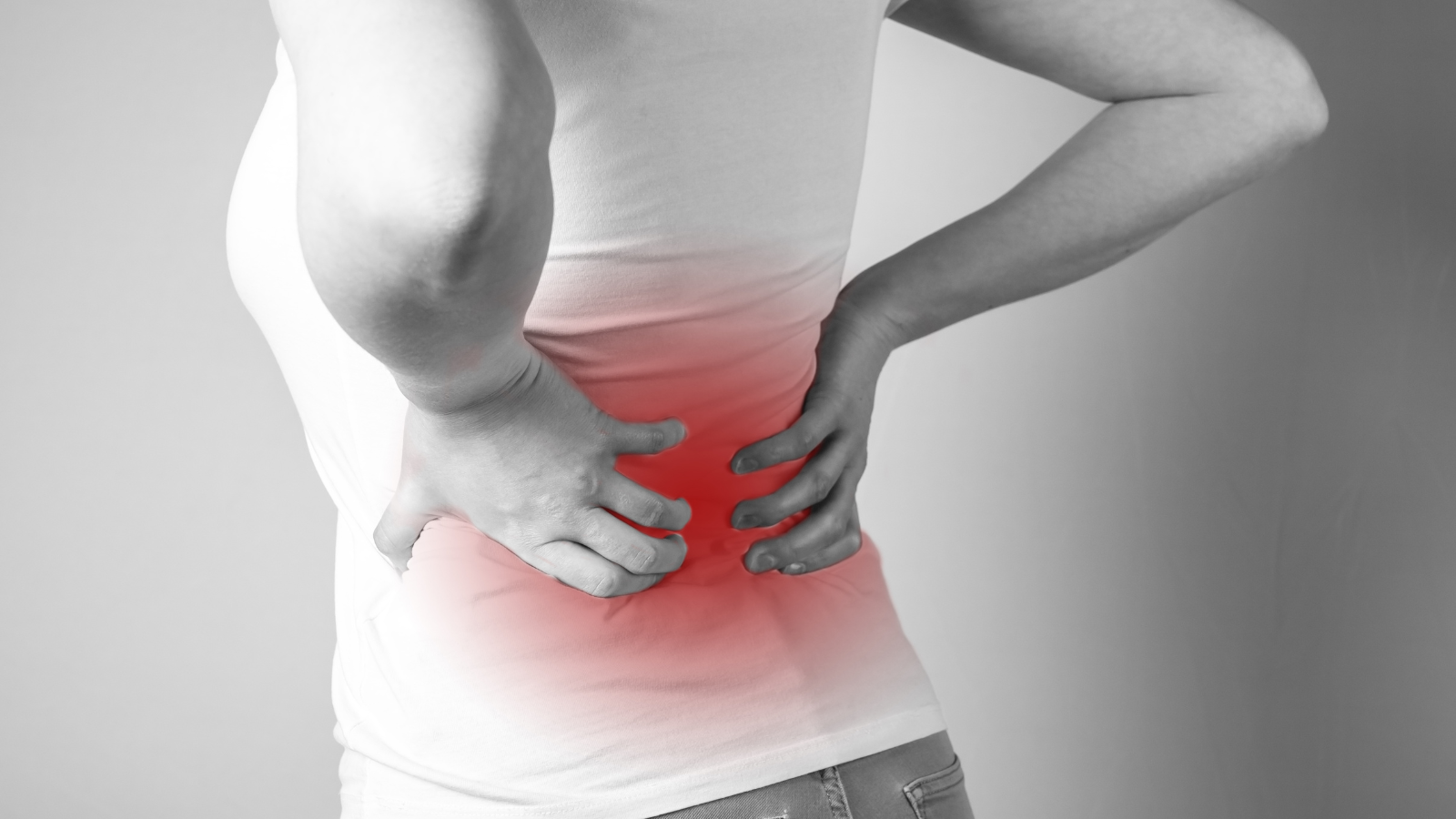
Osteoporosis-related compression fractures in the vertebrae can cause severe lower back pain and reduced mobility. These fractures can lead to shooting pain due to nerve root compression and vary in intensity from person to person.
Risk Factors for Osteoporosis
Understanding the risk factors for osteoporosis is essential for identifying individuals who may be more susceptible to this condition. These factors can be divided into several categories, each contributing to the overall risk profile.
1. Age: Increasing age is one of the dominant causes of osteoporosis. Bone remodeling, a constant process in the body, involves both bone deposition and resorption. Normally, these processes are balanced. However, as a person grows older, an imbalance arises between bone deposition and resorption, leading to fragile bones.
2. Menopause: In females, hormonal levels fluctuate during their menstrual cycles. Estrogen, a principal hormone, plays a vital role in regulating bone development. In old age, the monthly menstrual cycles cease, a condition known as menopause. At this stage, estrogen levels decline, leading to an increased risk of osteoporosis. Men also experience similar effects due to a decrease in testosterone levels with age, although the impact is less pronounced than that of estrogen.
2. Surgical Removal of Ovaries: If a woman's ovaries are surgically removed due to medical issues, the risk of developing osteoporosis increases significantly due to hormonal imbalances. Estrogen production is greatly affected by ovarian removal, which, in turn, impacts bone health.
3. Ethnicity: Osteoporosis can affect individuals of all races, but the risk varies among different ethnic groups. For example, European and Asian women tend to have a comparatively higher risk of developing osteoporosis.
4. Hereditary Factors: A positive family history of osteoporotic fractures can increase an individual's likelihood of developing the disease. Approximately 30 genes have been found to be associated with the development of osteoporosis.
5. Lifestyle Choices: Lifestyle factors significantly influence bone health. Regular exercise and physical activity promote bone growth and development, whereas a sedentary lifestyle weakens bones, increasing the risk of osteoporotic fractures.
6. Tobacco Smoking: Smoking tobacco has a detrimental effect on bone health. It weakens bones, decreases bone density, and disrupts the body's estrogen supply, all of which contribute to an increased risk of osteoporosis.
7. Excessive Alcoholism: Excessive alcohol consumption can be damaging to bone health, increasing the risk of osteoporotic fractures. Alcohol can interfere with the body's ability to absorb essential nutrients and minerals necessary for strong bones.
8. Malnutrition: Nutritional deficiencies can lead to osteoporosis. Inadequate intake of minerals such as calcium, phosphate, magnesium, and protein is associated with decreased bone mass. Similarly, insufficient levels of vitamin D in the body can contribute to decreased bone density. Adequate dietary protein intake during adolescence is also crucial for proper bone growth, as protein deficiency is linked to decreased bone mass.
9. Heavy Metal Poisoning: Exposure to heavy metals like lead or cadmium can increase the risk of developing osteoporosis. These heavy metals can lead to a decrease in bone density in both sexes, rendering bones more susceptible to fractures.
10. Immobilization: Immobilization and physical inactivity can promote bone weakness and contribute to osteoporosis. Physical stress and activity encourage bone growth and development, while remaining sedentary weakens bones. Immobilization, as seen in bedridden patients, leads to extremely weak bones and a heightened risk of osteoporosis due to the depressed stress-induced bone growth.
11. Hypogonadism: Sex hormones play a significant role in bone growth. Testosterone and estrogen are crucial hormones involved in bone development. Hypogonadal states, such as Turner syndrome, hypothalamic amenorrhea, and Klinefelter syndrome, can lead to bone weakness and osteoporotic fractures. Hemolytic disorders can also impact bone health, contributing to osteoporosis risk.
Preventing Osteoporosis
While understanding the risk factors and symptoms of osteoporosis is essential, it is equally important to focus on prevention strategies. Preventing osteoporosis involves adopting a proactive approach to bone health. Here are some key preventive measures:
1. Diet and Nutrition: Consuming a balanced diet rich in bone-healthy nutrients is essential. Adequate calcium, vitamin D, magnesium, and protein intake supports bone health. Incorporate dairy products, leafy greens, fish, and fortified foods into your diet.
2. Regular Exercise: Engaging in weight-bearing exercises and resistance training can promote bone growth and strength. Weightlifting, jogging, dancing, and even brisk walking can be beneficial.
3. Lifestyle Choices: Avoiding a sedentary lifestyle is crucial. Limit prolonged periods of inactivity, such as sitting for extended hours. Smoking cessation and moderating alcohol consumption also contribute to bone health.
4. Bone Density Testing: Periodic bone density tests, such as dual-energy X-ray absorptiometry (DXA) scans, can help monitor bone health. Discuss your risk factors with a healthcare professional to determine when you should start testing.
5. Medications: In some cases, healthcare providers may prescribe medications to treat or prevent osteoporosis. These medications can help increase bone density and reduce the risk of fractures.
Treatment and Management
For individuals already diagnosed with osteoporosis, effective treatment and management are essential to prevent further bone loss and fractures. Treatment may involve medications, physical therapy, and lifestyle modifications. A healthcare provider will develop a personalized treatment plan based on the individual's specific needs and risk factors.
In conclusion, osteoporosis is a condition that affects individuals of all ages and genders, with a higher prevalence in postmenopausal women. Understanding the risk factors, recognizing the symptoms, and adopting preventive measures are crucial steps in reducing the impact of osteoporosis on bone health and overall well-being. Early detection and intervention are essential in managing this condition and preventing debilitating fractures. By focusing on a healthy lifestyle, proper nutrition, and regular exercise, individuals can take proactive steps to maintain strong and resilient bones throughout their lives.




Submit your email and confirm subscription to receive the download link, along with more e-books and helpful tips.
Don't worry, you can unsubscribe at any time
We Value Your Privacy And Your Information Is Never Shared
This site is not a part of the Facebook website or Facebook Inc. Additionally, this site is NOT endorsed by Facebook in any way. FACEBOOK is a trademark of FACEBOOK, Inc.
